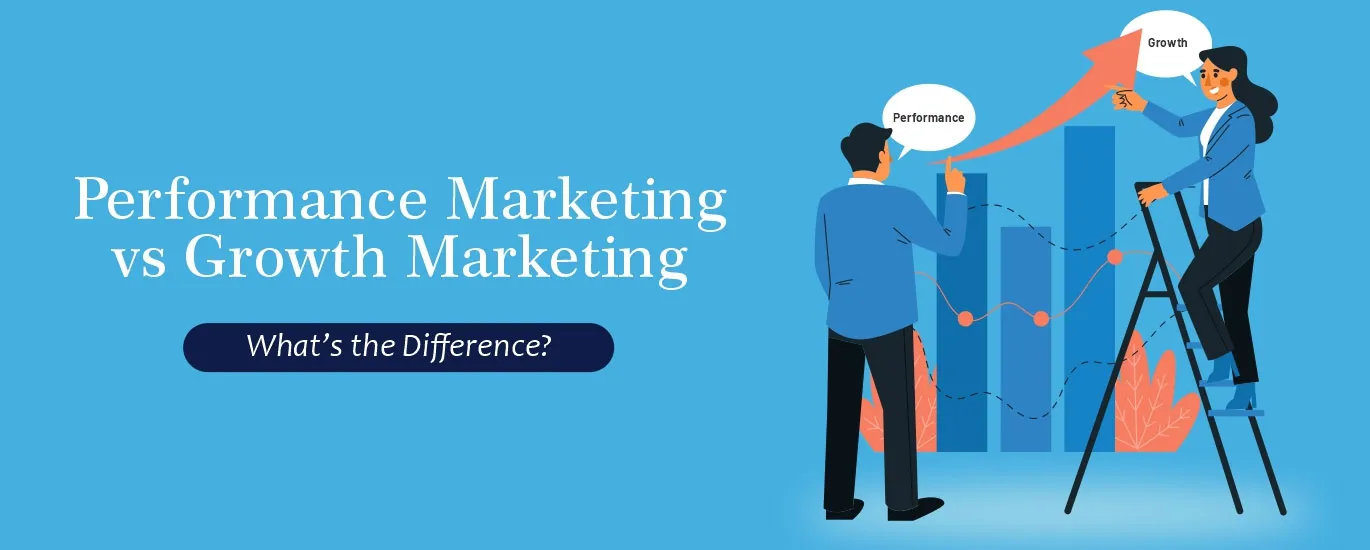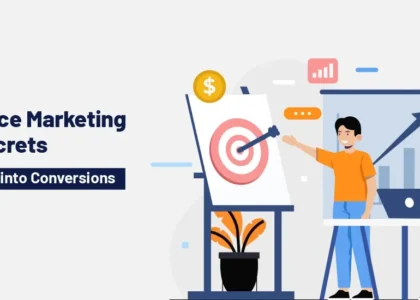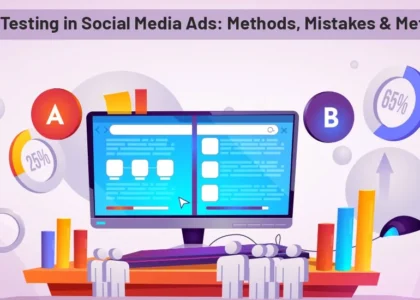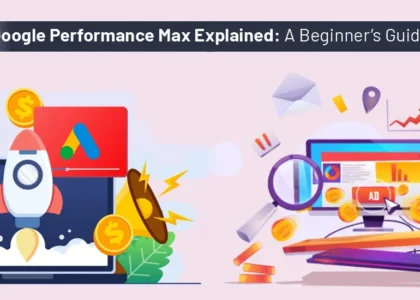In 2025, businesses face a common challenge: how to grow faster while spending smarter. With tighter competition and rising digital ad costs, small businesses and startups must carefully choose their marketing approach. That’s where the debate of performance marketing vs growth marketing comes in.
While both strategies aim to bring in customers and revenue, they work in very different ways. If you’ve ever wondered whether you should invest in measurable ad campaigns or long-term growth strategies, this guide will help you understand the difference so you can make the right choice for your business.
What is Performance Marketing?
Performance marketing is a results-driven marketing strategy where you only pay when a specific action happens like clicks, leads, sales, or sign-ups. In other words, you’re investing in marketing activities that give you measurable outcomes.
Benefits of Performance Marketing
- Measurable ROI – Every campaign is trackable, making it easier to understand where your money is going.
- Low Risk – Since you pay for actual results (like conversions), it’s budget-friendly for small businesses.
- Scalability – You can increase your ad spend once you see positive results.
- Speed – Unlike long-term strategies, performance marketing delivers quick results.
Examples of Performance Marketing
- Running Facebook ads where you pay per click (PPC).
- Partnering with affiliates who earn a commission only when they drive a sale.
- Google Ads campaigns targeting customers actively searching for your product.
Why Performance Marketing Matters in 2025
With AI-powered ad targeting and advanced analytics tools, performance marketing has become more accurate and cost-efficient. For startups and small businesses in 2025, this means you can reach the right audience, minimize wasted spend, and maximize conversions.
What is Growth Marketing?
Growth marketing goes beyond quick wins. It’s a long-term, holistic approach that focuses on the entire customer journey from awareness to retention. Instead of just generating sales, growth marketing emphasizes sustainable business expansion.
Benefits of Growth Marketing
- Customer Retention – Focuses on keeping existing customers engaged.
- Brand Building – Strengthens your brand reputation and authority over time.
- Experimentation – Uses data-driven testing (A/B testing, funnels, user feedback) to improve continuously.
- Sustainable Growth – Builds a loyal customer base, reducing reliance on paid ads.
Examples of Growth Marketing
- Creating valuable blog content to attract organic traffic.
- Email campaigns nurturing leads into long-term customers.
- Referral programs encouraging customers to bring in new users.
Why Growth Marketing Matters in 2025
With rising ad costs and shorter attention spans, businesses can’t rely only on paid ads anymore. Growth marketing ensures your business builds a loyal customer base, leverages content, and uses automation for long-term scalability.
Key Differences: Performance Marketing vs Growth Marketing
Here’s a simple breakdown to help you clearly see the difference:
- Goal:
- Performance Marketing → Quick, measurable results (sales, leads, clicks).
- Growth Marketing → Long-term, sustainable growth and customer loyalty.
- Performance Marketing → Quick, measurable results (sales, leads, clicks).
- Timeline:
- Performance Marketing → Short-term wins.
- Growth Marketing → Long-term strategies.
- Performance Marketing → Short-term wins.
- Focus Area:
- Performance Marketing → Paid ads, affiliate campaigns, direct ROI.
- Growth Marketing → Content, SEO, customer experience, retention.
- Performance Marketing → Paid ads, affiliate campaigns, direct ROI.
- Budget Use:
- Performance Marketing → Pay for specific actions.
- Growth Marketing → Invest in brand and customer relationships.
- Performance Marketing → Pay for specific actions.
- Risk Factor:
- Performance Marketing → Lower risk, easy to track ROI.
- Growth Marketing → Requires patience and consistent effort.
- Performance Marketing → Lower risk, easy to track ROI.
Think of it this way: performance marketing is like renting a house (quick access, pay as you go), while growth marketing is like buying one (investment that builds value over time).
Which One Should You Choose?
The answer depends on your business goals, budget, and timeline:
- Choose Performance Marketing if:
- You want fast results.
- You’re working with a limited budget.
- You need measurable ROI to justify your marketing spend.
- Example: A new online clothing brand running Google Ads to quickly drive sales.
- You want fast results.
- Choose Growth Marketing if:
- You’re focused on building a long-term brand.
- You want to reduce dependency on paid ads.
- You value customer loyalty and retention.
- Example: A SaaS startup creating tutorials, blogs, and email sequences to attract and retain subscribers.
- You’re focused on building a long-term brand.
Best Approach in 2025?
For most businesses, the smartest strategy is a combination of both. Start with performance marketing to generate quick wins, then layer growth marketing to ensure sustainable success.
Conclusion
When comparing performance marketing vs growth marketing, the key difference lies in timeframe and focus: performance marketing delivers immediate, measurable results, while growth marketing builds long-term sustainability. Both are valuable, but the right choice depends on your business stage and goals.
At Arrowpace, we specialize in helping businesses like yours scale with ROI-driven performance marketing services. If you’re looking to grow smarter in 2025 with campaigns that deliver measurable results, our expert team is here to help.
Both performance and growth marketing play vital roles, but if you want measurable, ROI-driven campaigns, Arrowpace offers expert performance marketing services to help your business scale effectively.





